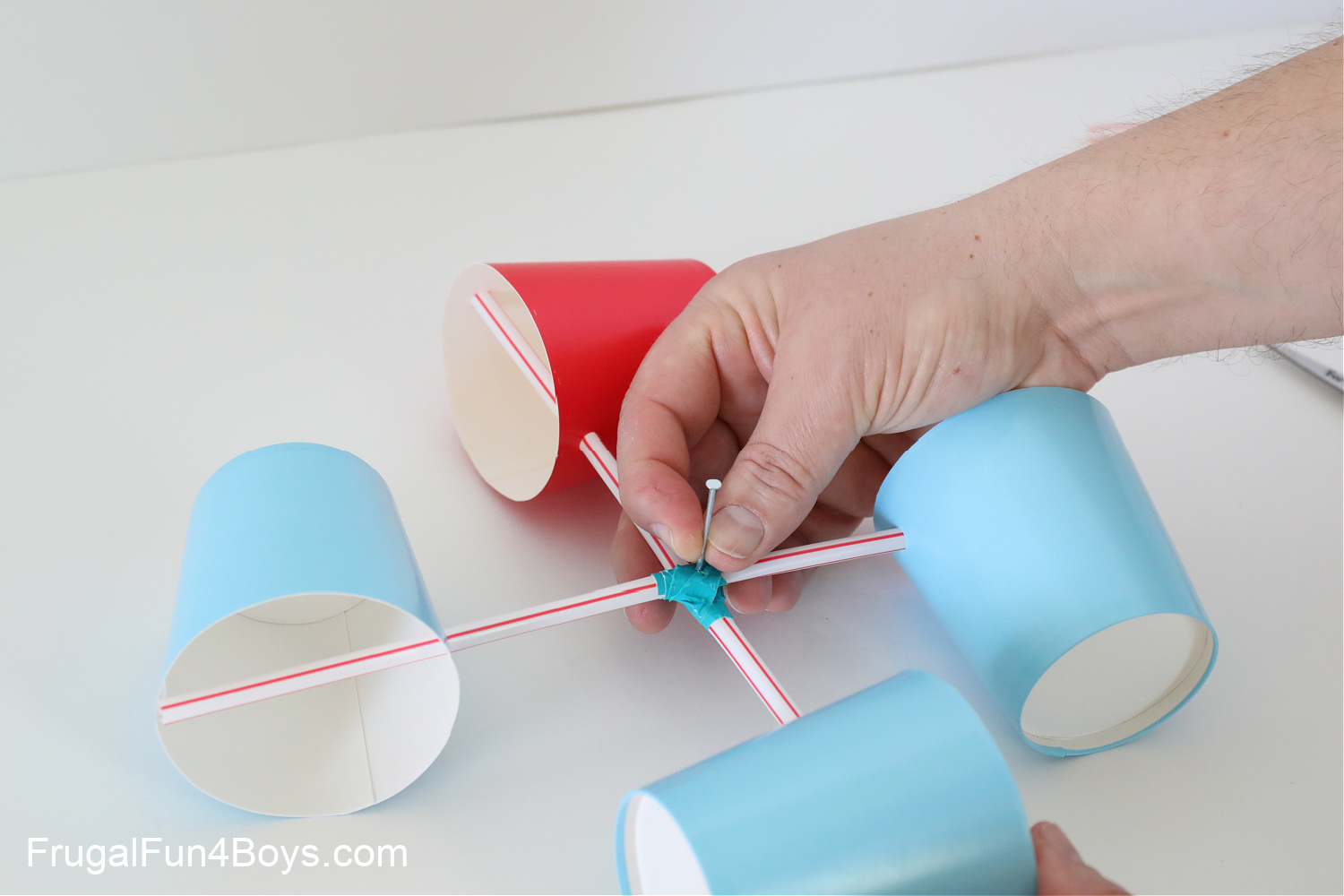Comprehending Various Kinds Of Anemometers for Different Applications
Comprehending Various Kinds Of Anemometers for Different Applications
Blog Article
Exploring the Functions and Benefits of Anemometers for Climate Enthusiasts and Specialists
Anemometers stand as crucial devices in the realm of climate tracking, providing to both enthusiasts and experienced professionals alike. These tools provide a window right into the dynamic world of wind patterns and rates, providing invaluable information for meteorological evaluation and forecasting. From mug anemometers to sonic anemometers, each type brings its special collection of applications and advantages, shedding light on different aspects of weather. As we explore the features and advantages of anemometers, a deeper understanding arises not just of prevailing climate phenomena however additionally of the more comprehensive effects for fields like wind energy manufacturing and environmental study.
Value of Anemometers in Climate Monitoring
Anemometers play a crucial role in climate monitoring by offering precise dimensions of wind rate, helping in forecasting and understanding climate patterns. These tools, varying from typical mug anemometers to contemporary ultrasonic anemometers, are necessary for meteorologists, researchers, and climate enthusiasts alike.

Sorts Of Anemometers and Their Applications
The most typical kinds of anemometers include mug anemometers, vane anemometers, hot-wire anemometers, and ultrasonic anemometers. Cup anemometers are composed of 3 or 4 mugs placed on horizontal arms that rotate with the wind, measuring its speed. Vane anemometers, on the other hand, utilize a freely rotating vane to align with the wind instructions, offering both wind rate and direction measurements.
Each kind of anemometer has its one-of-a-kind advantages and applications. Mug anemometers are durable and appropriate for general weather condition tracking, while vane anemometers are favored for directional dimensions. Hot-wire anemometers are sensitive to low air rates, making them suitable for indoor atmospheres. Ultrasonic anemometers are non-intrusive and offer high precision, often utilized in study and specialized weather tracking applications. Recognizing the qualities and applications of each kind of anemometer is important for picking the most proper tool for particular climate checking needs.
Benefits of Making Use Of Anemometers in Projecting
In meteorology, the utilization of anemometers supplies very useful advantages for boosting the accuracy of weather condition forecasting. Anemometers measure wind speed and instructions, giving crucial information for forecasting climate patterns. By click here to read incorporating wind data right into projecting models, meteorologists can better understand the movement of climate systems, anticipate changes in weather, and problem a lot more specific projections.
Additionally, anemometers play an essential duty in evaluating prospective weather condition dangers. Monitoring wind speeds aids forecasters predict serious climate events such as typhoons, hurricanes, and winter storms with better accuracy. This early warning system allows authorities to release timely notifies and carry out needed precaution, decreasing the risks to life and building.
Additionally, anemometers assist in enhancing renewable resource production. By analyzing wind patterns, meteorologists can identify suitable areas for pop over to these guys wind farms and forecast power outcome, adding to the efficient generation of wind power.

Anemometers in Wind Energy Production
Provided the essential role anemometers play in supplying exact wind information for weather forecasting and risk analysis, their value encompasses the realm of wind power manufacturing. Anemometers are important instruments in the field of wind energy, where the dimension of wind rate and instructions is crucial for figuring out the usefulness and efficiency of wind turbine installations. By precisely determining wind rates at differing elevations, anemometers aid optimize the placement and style of wind generators to make best use of energy outcome.
In wind ranches, anemometers are strategically positioned to accumulate real-time wind data that is used to analyze the possible power production of a site. This data is important in establishing the economic stability of wind energy jobs and in projecting power generation to ensure grid stability. Additionally, anemometers help in keeping track of wind conditions to maximize generator efficiency, avoid damage from high winds, and ensure the safety and security of personnel functioning in the area of wind generators.
Enhancing Climate Recognizing With Anemometers

Anemometers play a key function in improving our understanding of microclimates. These localized climate problems can differ dramatically from broader regional forecasts, making it crucial to have exact information for particular areas. anemometer. By purposefully positioning anemometers in numerous places, researchers can gather in-depth info on exactly how wind behaves in various surfaces, metropolitan environments, or bodies of water
Furthermore, anemometers add to boosting weather condition forecasting models by giving real-time information on wind behavior. This details is specifically useful for anticipating severe climate events, optimizing farming techniques, and supporting industries like aviation and maritime navigating. Generally, anemometers are important tools that allow us to dive much deeper right into the complexities of weather systems, ultimately leading to even more better-informed decisions and accurate predictions.
Final Thought
In conclusion, anemometers play a critical duty in weather condition surveillance and forecasting by gauging wind speed and instructions. Anemometers also have applications in wind power production, further highlighting their relevance in both weather forecasting and renewable power sectors.
From mug anemometers to sonic anemometers, each kind brings its find one-of-a-kind collection of applications and advantages, shedding light on different elements of atmospheric problems. These instruments, varying from conventional mug anemometers to contemporary ultrasonic anemometers, are vital for meteorologists, researchers, and climate lovers alike. The most usual types of anemometers consist of mug anemometers, vane anemometers, hot-wire anemometers, and ultrasonic anemometers. Cup anemometers are suitable and durable for basic weather condition surveillance, while vane anemometers are favored for directional measurements. Anemometers are necessary tools in the field of wind energy, where the dimension of wind speed and instructions is crucial for establishing the expediency and performance of wind turbine installations.
Report this page